
This text from Steve Lunderstedt (KIMBERLEY CALLS…AND RECALLS):
“On this day, the 12th December, in 1899, as the sun rose in the sky on the battlefield of Magersfontein, the OFS burghers in the trenches closest to the wounded Scottish soldiers still lying badly wounded after some 24 hours, had heard enough, and they called for a ceasefire. The call was taken up by all around and the British were happy to oblige, now being allowed to bring in their medical men and ambulance wagons to remove their wounded, all under the white flag.
The burghers moved freely across the plain in front of their trenches, talking to the British ambulance crews and to the wounded and trying to avoid looking at the bloated and sun-blackened bodies of the dead Highlanders – dozens of them spread all around. The burghers were not regular soldiers, and although they had seen death before in its various guises, never before had they seen so many in one place. If the flies had been bad before the battle, they were worse now, attracted by the decaying bodies, and the stench was unbelievable. Ants too were all over the place. Most of the Boers were God-fearing family men and could not believe what they had and were witnessing.
During the night, with the British wounded crying out for water and for mother, a lone Scottish soldier had been brought out of the field of fire by the burghers and taken to Bissett’s farm where the Boer medical men were working long hours. A boy-soldier, it looked as if he had just entered his teen years – many had sons and grandsons at home on the farm that were his age. In a coma, the boy would not survive his wounds.
Those burghers standing around, talking, drinking sweet black coffee and smoking their pipes, despite the sadness and tragedy of death all around, were happy. Happy that they had survived, and amazingly, the tactics of their beloved General de la Rey had worked yet again. Prayers and thanks for deliverance were sent upwards, and even while burial parties and ambulance crews walked quietly around, there were many who did what generations of warriors have done – examine the bodies and collect souvenirs. Money, dirks, bayonets, water bottles, diaries, pith helmets, and more, the loot taken back to the trenches were merely souvenirs of surviving a major battle.
On the small rise (Scandinavian Hill now renamed Horse Artillery Hill), the British gunners and soldiers walked around looking at the Boer dead and wounded, the volunteers of the Scandinavian Corps who bore the brunt by bayonet the previous morning from some of the Scottish soldiers. Their wounded were taken by the British to their hospital at the Modder River, while the dead just lay there, black and bloated in the ugly grip of rigor mortis.
And while all this was happening on the field in front of the trenches, the two armies still faced each other off down along scrub ridge to the Modder river, as well as in front of the Langberg Boer-entrenched positions waiting for the next move…
And it came in the form of high explosive.
The British naval gunners were not aware of the ceasefire some six kilometres away and they had earlier orders to shell the kop area, which they did. The burghers sprinted for the relative safety of the trenches and sangars while the British close-by tending to the wounded lay prone and cursed their own gunners.
The entire Boer line opened fire, not just with the Mauser and Martini-Henry rifles, but also their pom-poms and 75mm Krupp guns. The four British batteries – 24 guns in all – on and near a small rise later known as Horse Artillery Hill, remained silent. They knew there was a temporary truce.
Signals were hurriedly communicated to the Naval gunners by heliograph and on horseback and after a few minutes they ceased fire. The reply by the Boers to this breach of battlefield etiquette, stuttered, and then died down to silence once more. But this time no-one dared leave the trenches – the British it appeared could not be trusted, and now they waited patiently for the next British move.
The British general, Lord Methuen, could not believe his ill luck. The Highland Brigade had collapsed under intense pressure the previous day, their general, Andy Wauchope killed, so many dead and even more wounded. And the Boers, unlike at the battle at the Modder on 28 November, were still in the trenches when the sun rose. The observation balloon reported that Boer reinforcements were still coming in from around Kimberley, and on the field it was total stalemate. Methuen had no more reinforcements, he had played all his cards, and the men would not be able to stand another day in the December sun. If only water and food could be got to them. If only he had another Brigade of men it could be so different. If only…
He reluctantly ordered a total withdrawal of his army from the field of battle, and slowly but surely, the Guards men of Buckingham Palace, the cavalry and mounted infantry, the guns, the 9th Brigade at Langberg, and all the rest, withdrew in an orderly fashion back to the river.
It was not a quiet withdrawal. The burghers all along the massive line of defence fired at will, helping the retreating British soldiers to recall what life was all about.
Lord Methuen had indeed been defeated, but he and his staff were kept busy, organising the ambulance trains to take the wounded back to decent hospitals, arranging the many funerals that would take place later in the day at the Modder, writing up reports, interviewing all the high ranking officers about what had happened and why. Yes, they were indeed busy. Later the recriminations would begin but today the men must come first.
The Boers all along the line were ecstatic, but celebrations were mooted. War and the death that came with it was not a celebratory matter. They too would bury their dead that day.
And work began on extending their trenches, making them deeper, more shell proof with sandbags…they knew that the British would come back with an even bigger force.
General Piet Cronje, who had not wanted to use the trench system favoured by de la Rey, was the victor of Magersfontein. Overall in command, he had been in the forefront from virtually the beginning of the battle, and he, like his men, had never quite seen the amount of death all around like he would see this day. It would be a memory that neither he, his burghers, nor the British survivors, would ever forget to their dying day.
And what about General JH “Koos” de la Rey, the architect of this great victory?
The General, a pacifist at heart, had taken leave of the field just prior to the battle. He could do no more than what he had arranged. Still in pain from his shoulder wound received at the Modder battle, his heart was hurting even more. He had gone to the north of Kimberley to meet up with his wife Nonnie, who had rushed to the front from Lichtenburg on hearing the news that their eldest son Adaan had died from his wounds some 12 days prior on 29 November.
That they heard the guns of battle is not denied.
When asked several years later what he thought of the great Boer victory at Magersfontein, de la Rey replied:
‘When I think of Magersfontein, I think of Mrs Joubert.’
(This particular Mrs Joubert from Lichtenburg lost all three of her sons that terrible day at Magersfontein on 11 December 1899.)”
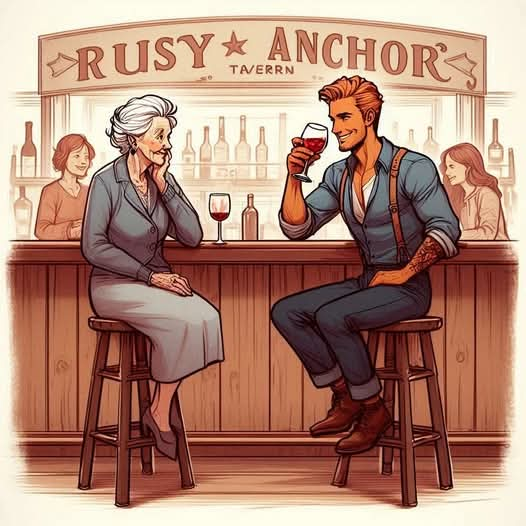
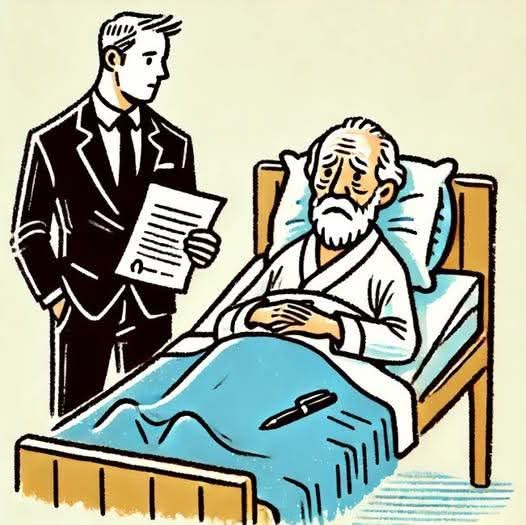
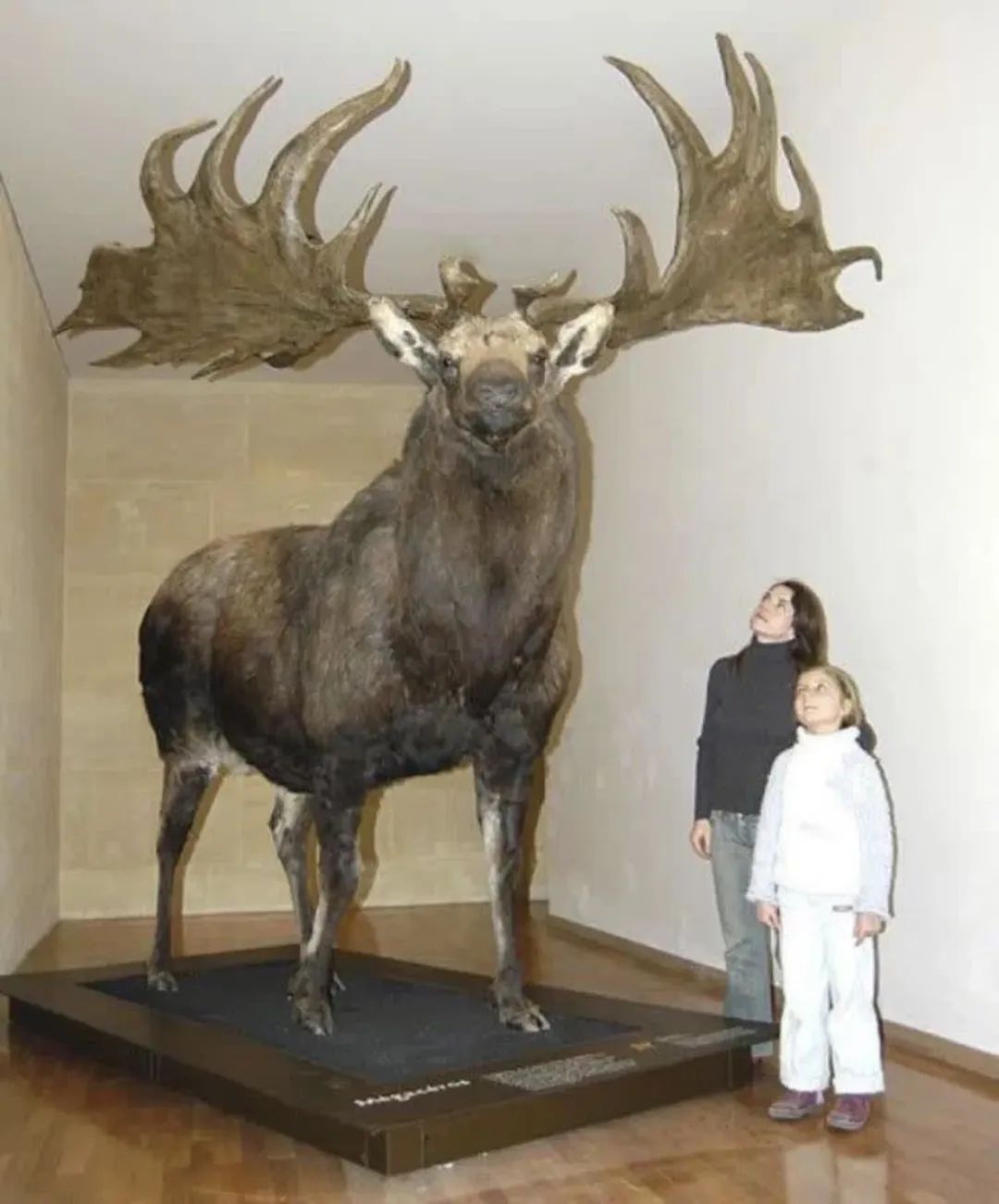

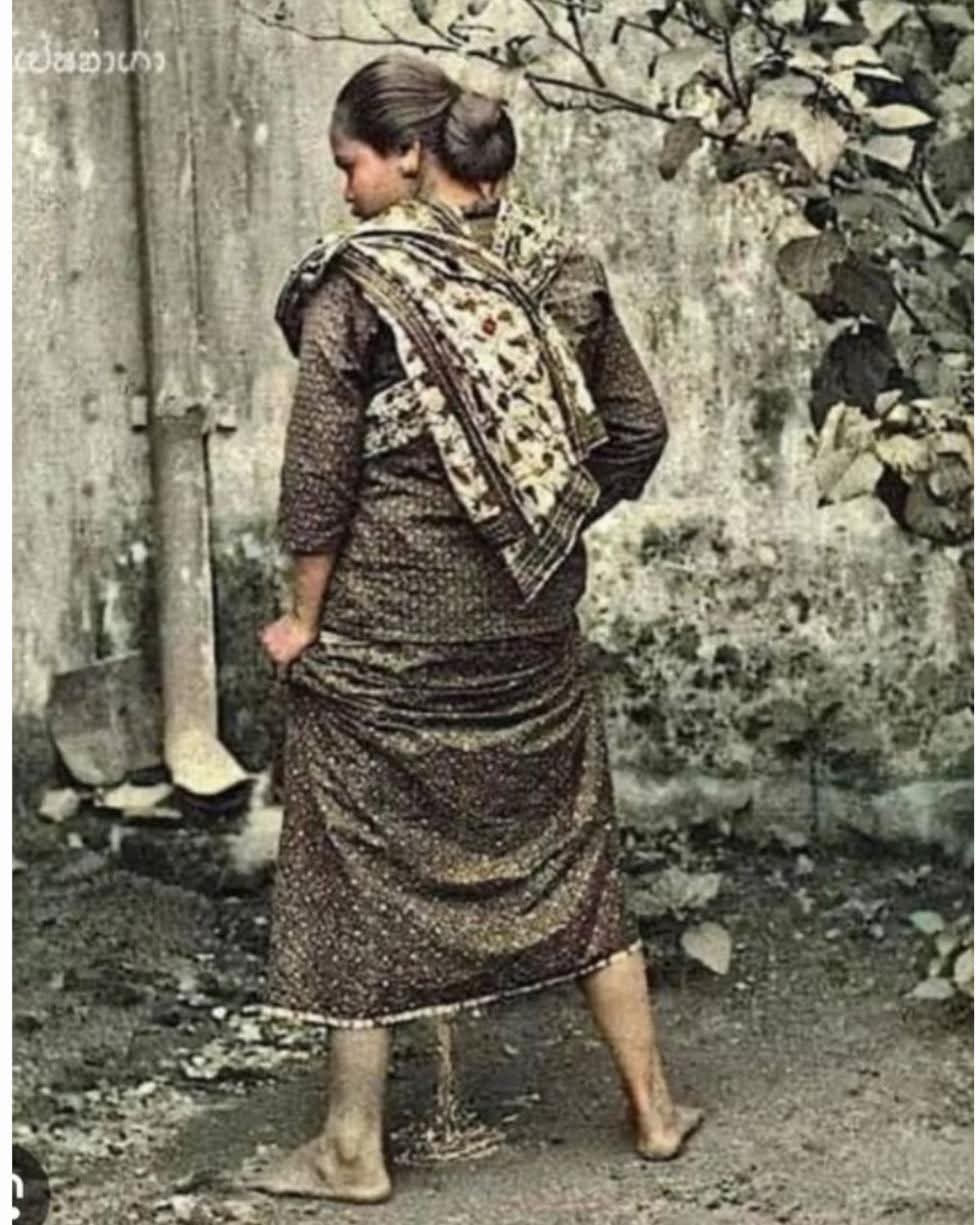

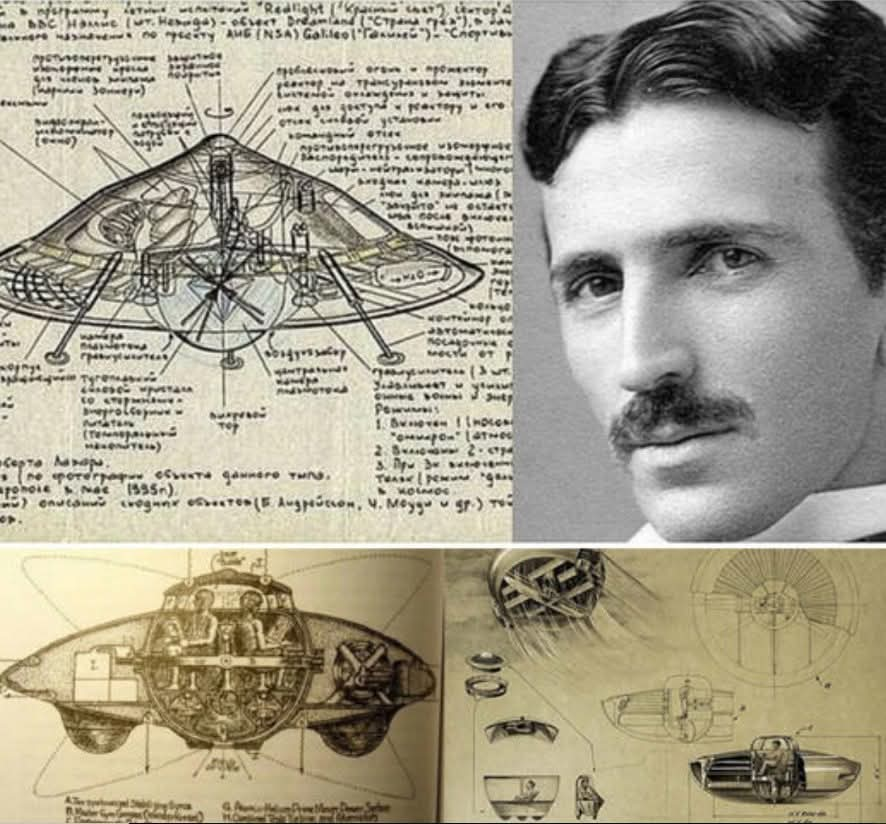
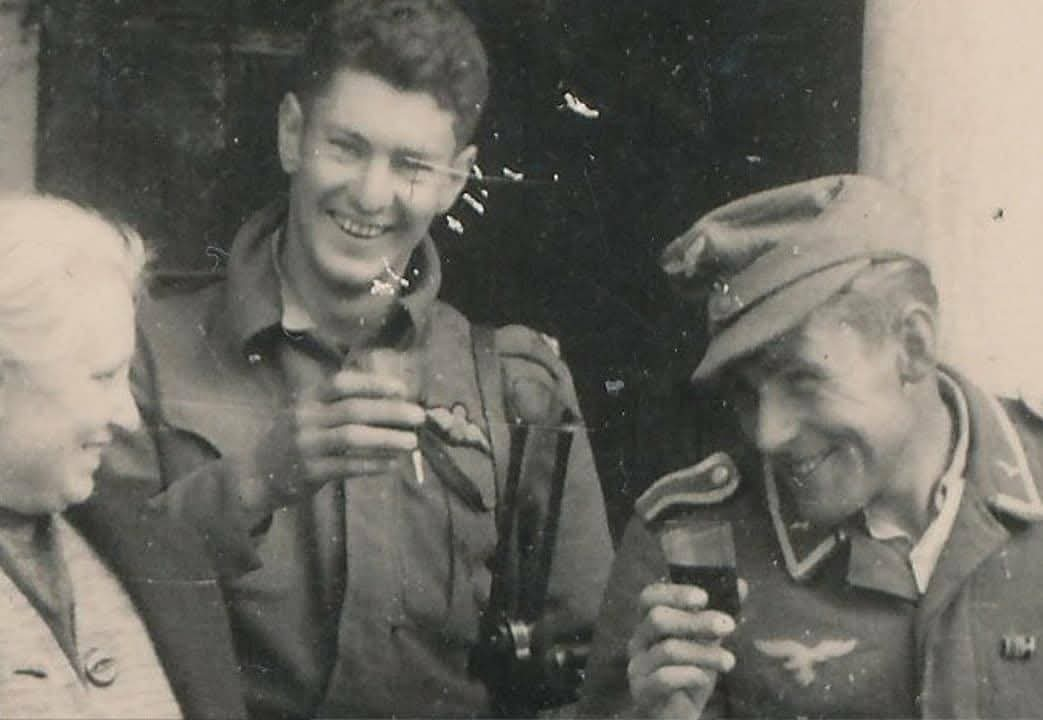
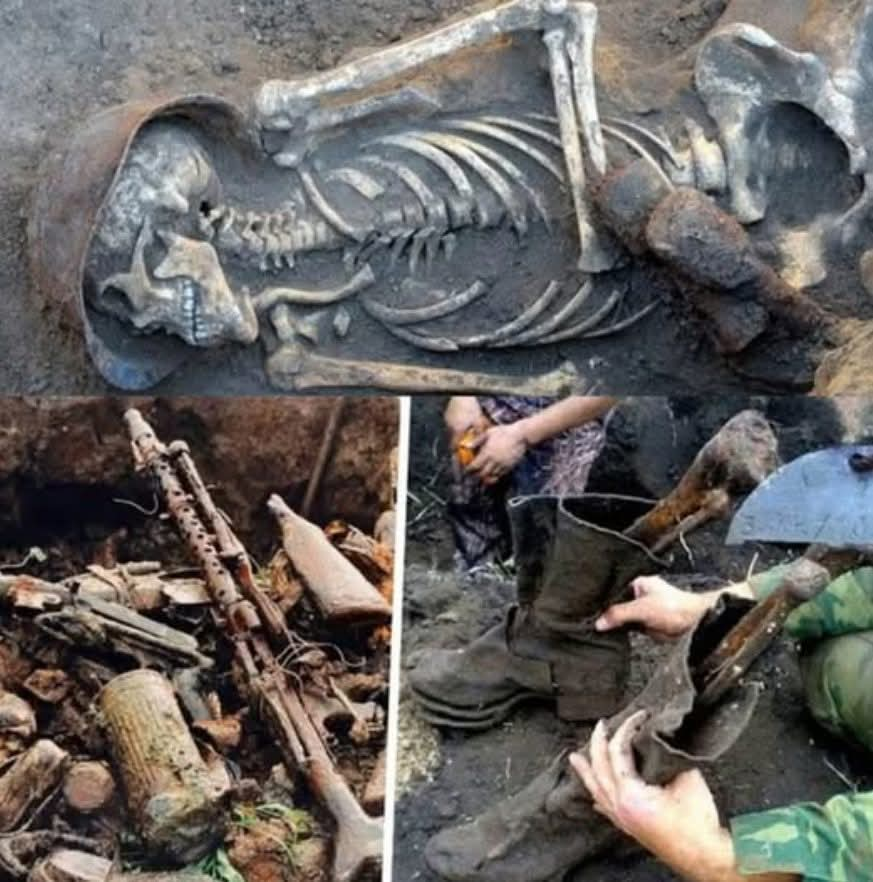
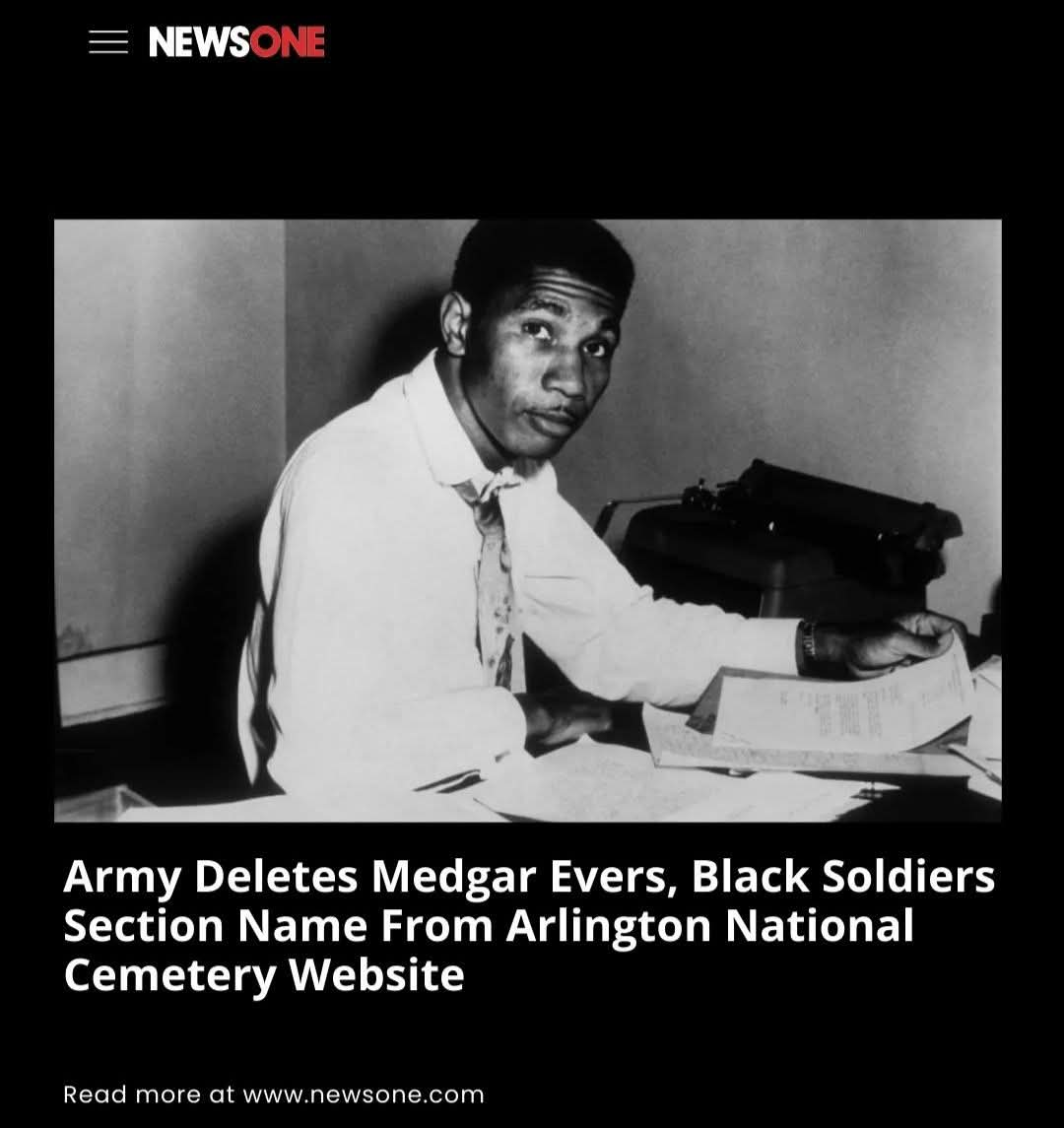
Leave a Reply